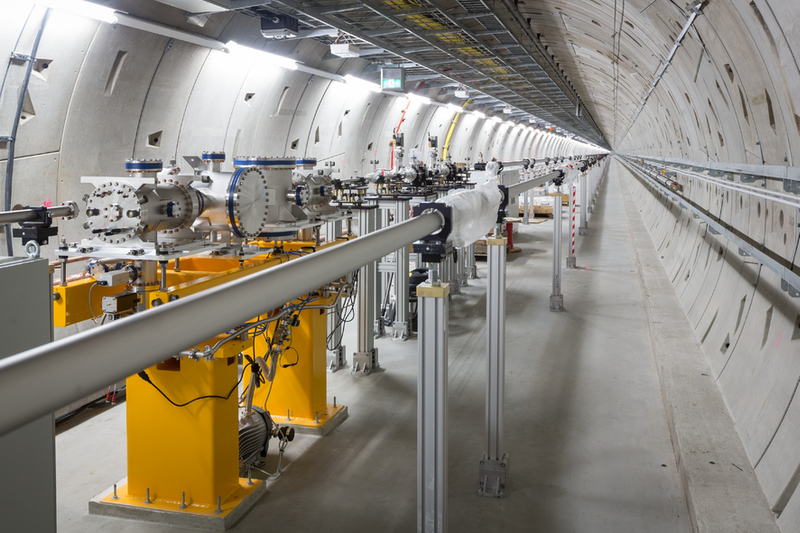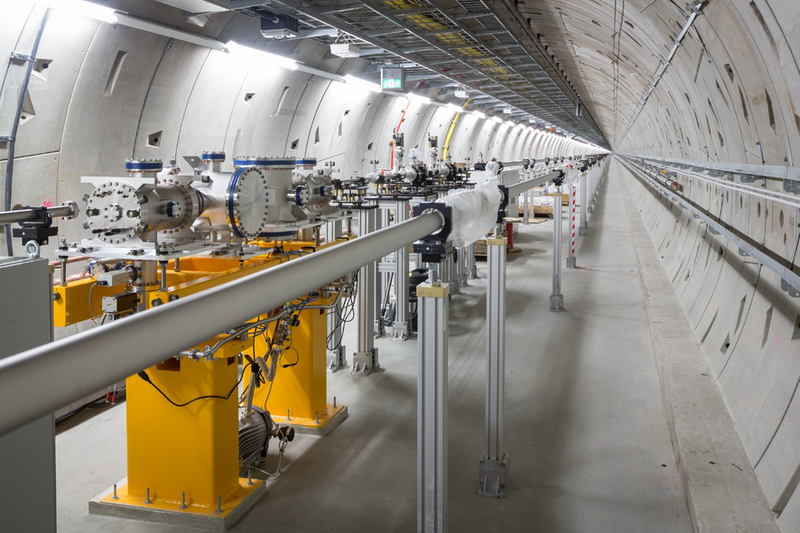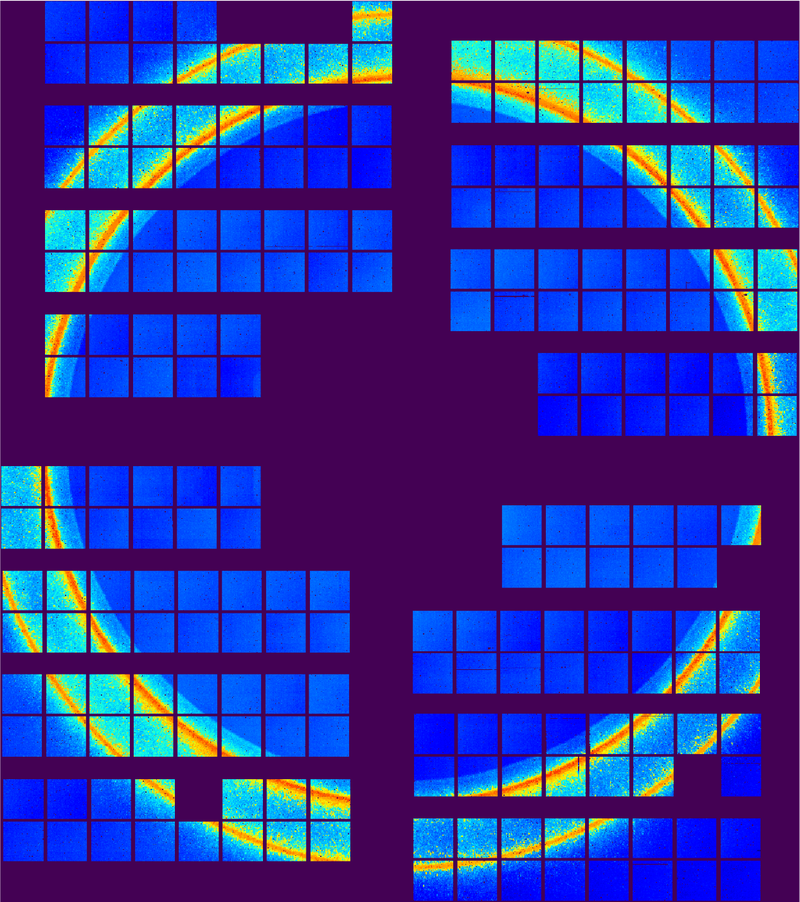Measuring the First Moments of Crystallization
The freezing of a liquid starts with the chance formation of a crystalline seed made up of a small number of molecules. The century-old theory for this nucleation process has been surprisingly difficult to test. But now researchers have found the closest agreement to date between the theory and experiments—although the results still differ from predictions by a factor of 100–1000 [1]. The researchers measured the rate of crystallization in micrometer-wide jets of rapidly cooling liquids. They hope the results will lead to improvements in the theory, which could apply to many situations, including ice-cloud formation in the atmosphere.
The classical theory of nucleation—which has changed only slightly in the past 150 years—predicts the rate of crystal growth for a liquid cooled below its freezing point, and so far, tests of the theory have not been stringent. “Until recently, a discrepancy between theory and experiment of a few orders of magnitude has been considered ‘good’ or even ‘excellent’ agreement,” says Robert Grisenti of the GSI Helmholtz Centre for Heavy Ion Research in Germany.
Part of the problem is that the theory rests on many potentially incorrect assumptions, such as the idea that newly nucleated crystal seeds will be roughly spherical. On the experimental side, accurate measurements are challenging because nucleation happens quickly, over timescales from picoseconds to nanoseconds, at least for the typical millimeter-scale droplets used in experiments. Any microscopic impurities in a liquid sample can also strongly affect the results.
To try to overcome these problems, Grisenti and colleagues have now turned to a recently developed technology for producing jets of liquid that are only a few micrometers wide. When such a jet travels through vacuum, evaporation at the surface drives rapid cooling. A jet of water, for example, can cool at a rate of nearly one million degrees Celsius per second.
Using this technology, the researchers set out to test the predictions of nucleation theory for two liquefied noble gases, krypton and argon. The atoms of these liquids interact in a particularly simple way, which the team hoped would give nucleation theory the best chance of success. Running experiments at the European X-ray Free-Electron Laser Facility in Germany, the researchers probed the jets with x-ray pulses at many locations within the range of 300–800 µm from the jet source. Spectra from these pulses revealed the atomic configuration of each jet as it evolved, starting as a liquid at the source and then showing signs of crystal formation within a few hundred micrometers. Given the flow speed, the crystallization time was less than 10 microseconds but still longer than for millimeter-sized droplets.
For both liquids, the theory combined with simulations predicted a nucleation rate 100–1000 times higher than the experimental value, but this result was still about 100 times closer to agreement than previous experiments. Despite the persistent discrepancy, this result represents progress, as previous experiments have been so inaccurate as to be seen as dubious, Grisenti says. “Some 150 years after [thermodynamics pioneer Josiah] Gibbs’ seminal work provided the basis for classical nucleation theory, this is probably the first truly quantitative comparison between experimental data and theoretical predictions.” He expects that establishing the discrepancy more clearly than in the past will help to inspire other researchers to refine the theory.
In the future, Grisenti and his colleagues hope to use improved liquid-jet experiments to test some of the key assumptions of nucleation theory. In particular, the theory assumes that the first portion of a solid that forms from a cooling liquid will adopt the most stable possible crystal arrangement, which would be a face-centered cubic pattern for krypton or argon. But some computer simulations suggest that, in some cases, small portions of the initial solid adopt a less stable arrangement known as body-centered cubic. Some researchers suspect these regions play a role in helping to initiate crystal nucleation. With further improvements in the x-ray beams, Grisenti thinks it should be possible to learn more about the role of these atypical arrangements.
“This is an exciting study that provides valuable insights into the potential validity and limitations of classical nucleation theory,” says materials scientist Edgar Zanotto of the Federal University of São Carlos in Brazil. “Studying crystal nucleation in super-cooled gases and liquids is crucial for understanding natural phenomena like rain, ice, and mineral formation.” Zanotto adds that the new experiments are “a unique and powerful approach.”
–Mark Buchanan
Mark Buchanan is a freelance science writer who splits his time between Abergavenny, UK, and Notre Dame de Courson, France.
References
- J. Möller et al., “Crystal nucleation in supercooled atomic liquids,” Phys. Rev. Lett. 132, 206102 (2024).






